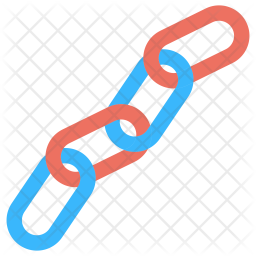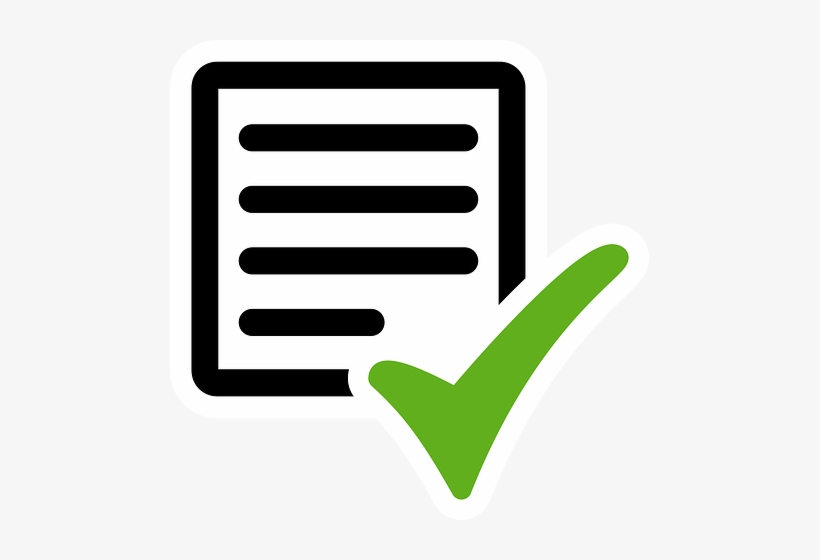In India, Citizen’s ownership on property is presumptive in nature; that is onus of proving ownership is on the owner, unlike conclusive system where in Government takes responsibility. There is a huge ambiguity in establishing ownership due to isolated records maintained by the stakeholders. Even in case of digitized systems, most of the documents are in silos having minimum electronic integration with each other.
The ownership of the land, the cultivators, the crop grown, and the source of irrigation, rights and liabilities are what is stored and maintained by the Land Records System in what is called as the Record of Rights (RoR) document. This documents is used by the farmers to obtain benefit from the Government in the form of subsidy for seeds, fertilizers and for other purposes like securing loan, for sale etc. The registration of the sale or change in the ownership of the land parcel is done by the registration department. The details of the change are sent to the Land records system for approval by the Revenue officers before it is updated in the land records system. The banks provide loan to the farmers based on the RoR and the liabilities then get updated in the RoR by the Revenue officials.
Similarly, the Land Acquisition, Land Conversion systems also use the RoR data to ascertain the ownership details before initiating the process.
Thus , there is a need for a fool-proof storage system which could be used by various agencies to ascertain the correctness of the information before providing the benefit / initiating transactions. The same is also true for other property such as residential buildings and residential plots. The Judiciary uses these documents to settle disputes on property matters.

Property Chain is a concept designed and developed by 'Centre of Excellence in Blockchain Technology, National Informatics Centre', to record and store the property/land records in secured manner using the Blockchain Technology. Property Chain has been established using the Blockchain Technology to record the property transactions of various stake holders involved in property management, by linking them like a chain. Property Chain records the property transactions in distributed manner in multiple locations. Attempt to tamper the data is not possible as all the distributed locations need to be updated as per the agreement to synchronise the data between them.
Property Chain records the property transactions in the shared/distributed manner with all the participating stakeholders. The property transactions are recorded in the chain based on the consensus with the stakeholders. This eliminates the need for dependency on the third party or intermediary to approve the transactions. The property transactions are linked and stored with cryptographic security so that they are immutable and traceable. The linking of the blocks (group of transactions) in the Blockchain ensures that they cannot be tampered with. The property transactions are trustable as they can be verified across the participating stakeholders, resulting in a system that is -

Property Chain provides the trustable, immutable and traceable property transactions. It can be used by the various organizations like Financial Institutions, Government, Citizen, Stake holder involved in Property Management to verify property documents. The financial institutions and Government can use this system for sanctioning/providing of loans. Citizen can ascertain their property document, rights and liabilities on the property, Legality of the property documents is ascertained without hassles. Added to this it has the following qualities -
Specifically, the benefits include
Property Chain provides the mechanism for all the stake holders involved in the system to verify online the details of the property documents and the creation/updations on the properties carried out and transactions in pipeline. It also helps in property transaction process, by integrating the systems with plug-in interfaces. The property chain eliminates the need to depend upon the third party to carry out the verification and authentication.
The Property Chain contains the digitally signed details of the property documents issued by Government departments involved in Property Management System. Property Documents are issued by Revenue Office, Rural Development and Panchayat Raj Offices, Urban Local Bodies, Urban Development Authority etc. As and when the new property documents are creation or updated, they will send the signed property documents to the Property Chain and Property Chain will link these signed property documents and build the chain and will store securely in the property Chain.
The stakeholders in the Property chain include

As indicated above, the Property Chain contains the property details such as ownership, extents, rights & liabilities etc. As and when the details are changed due to any mutation in the property such as sale, inheritance, change in rights and liabilities etc, new document is issued by the concerned authority. These documents will be digitally signed and sent to the Property Chain. Property Chain will link these documents to the parent document and build the chain and store it securely. This will help any stakeholder to view the complete history of changes and establish the provenance.
The following document types of property are stored in the property chain -